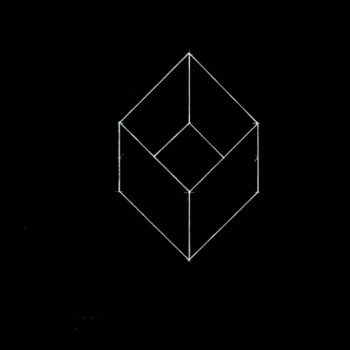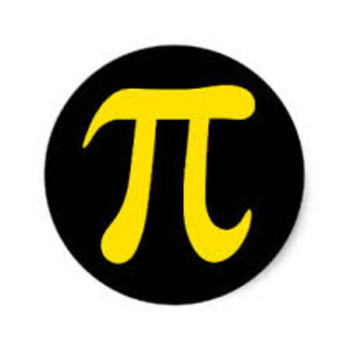How do you solve #3x^2-2x-3=0# by completing the square?
2 Answers
Explanation:
First things first, in order to complete the square, the leading coefficient (
Now we have the beginning. Completing the square can look scary, but it's really just a process, and if you understand the steps, it becomes pretty simple.
The first step is getting the leading coefficient to
So, we'll take
We did all of this because we needed to find the value that will make the left side of our equation,
Now that we have our missing value, we need to add it to our equation.
But wait!! We can't just add a random number into an equation! An equation is all about balance (the root word is equal). You can't just introduce a new value. But.... if you add
So, if we add
Let's re-order this:
Let's simplify this:
So, now we have
Now, let's solve this puppy!
add
take a square root of both sides
add
or
#x=(sqrt10+1)/3#
#x=(-(sqrt10)+1)/3#
Explanation:
Given -
#3x^2-2x-3=0#
Take the constant to the right
#3x^2-2x=3#
Divide both sides by the coefficient of
#(3x^2)/3-2/3x=3/3#
#x^2-2/3x=1#
Take half of the coefficient of
Half the coefficient of
Square of
Add
#x^2-2/3x+1/9=1+1/9=(9+1)/9=10/9#
#(x-1/3)^2=10/9#
Taking square root on both sides
#x-1/3=+-sqrt (10/9)=+-sqrt10/3#
#x=+-sqrt10/3+1/3= +-(sqrt10+1)/3#
#x=(sqrt10+1)/3#
#x=(-(sqrt10)+1)/3#



